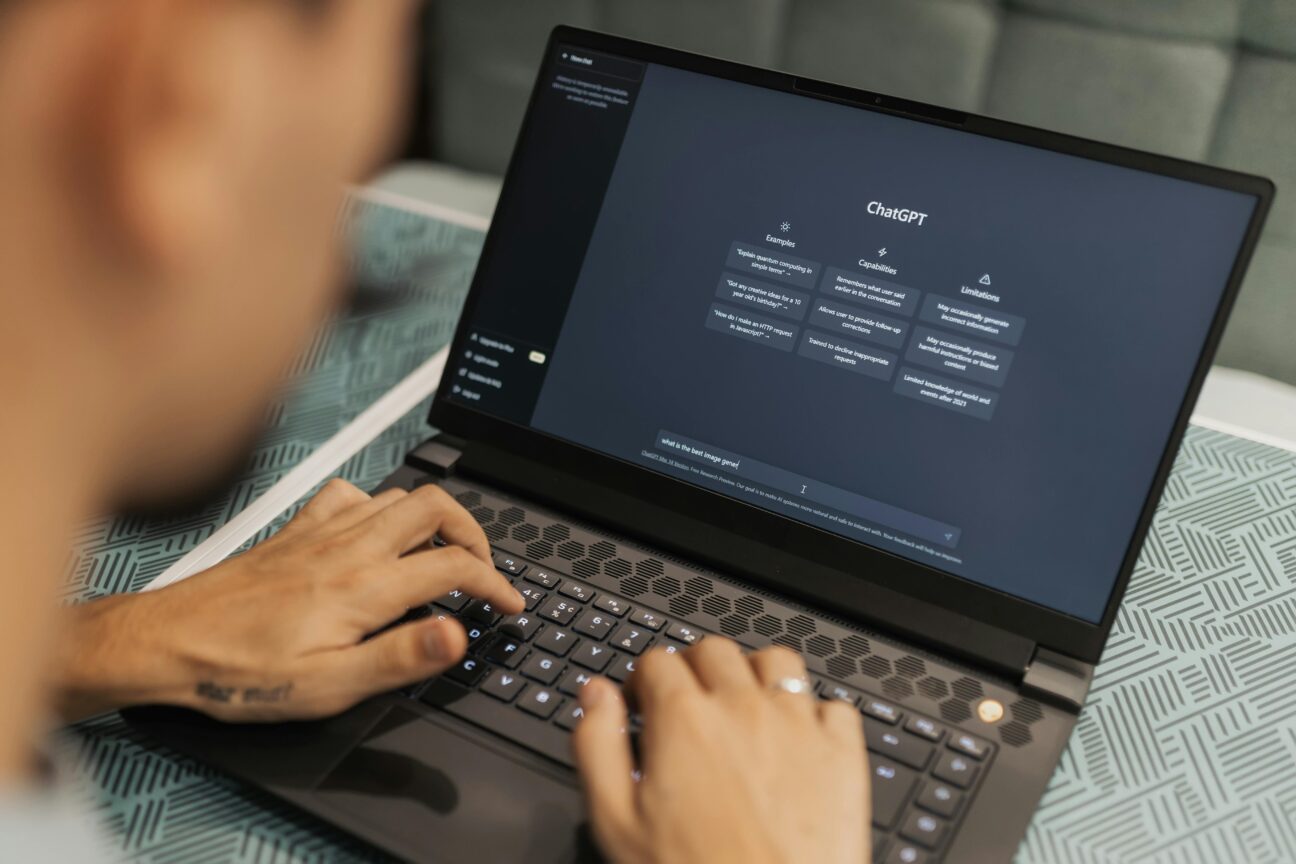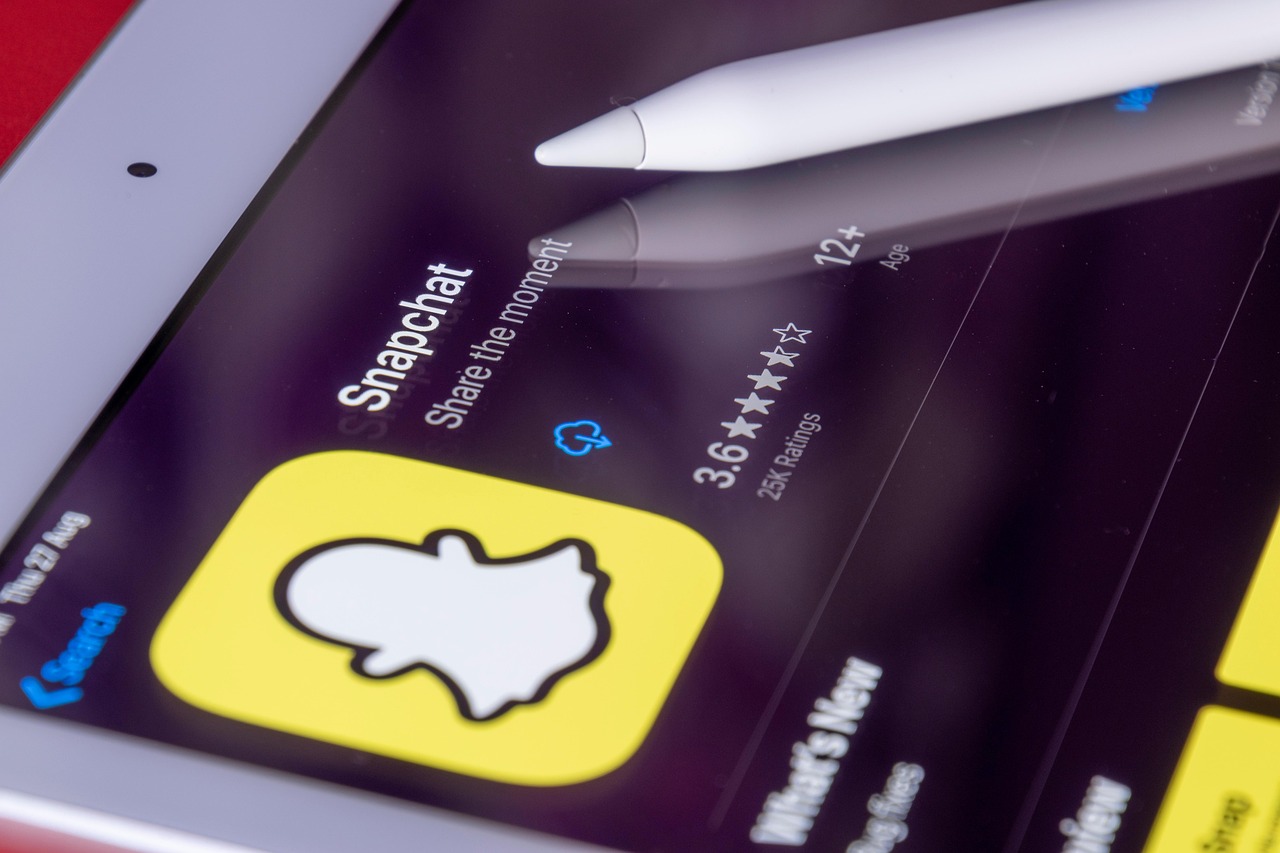Version 49.0

Written & Compiled by Macklin Andrick, GPJ Business Systems Analyst, AI and Automation
GPJ’s Experience Technology practice supercharges the impact of brand stories told through the strategic use of innovative tech and AI. Strap in as we dive into a whirlwind of innovation and spectacle!
This week’s Creative Tech Byte is a crossroad of enterprise intelligence and quantum leaps. We’ve got OpenAI transforming into the ultimate work assistant and Google simplifying AI development with “vibe coding,” all while a quantum algorithm crushes the world’s best supercomputers. Plus, YouTube debuted an AI “likeness detection” tool to help creators battle deepfakes, and Snapchat opened up its Imagine Lens for free image generation. Let’s jump into the pulse of what’s next.
OpenAI made ChatGPT better at sifting through your work information
OpenAI just introduced the new “Company Knowledge” feature for ChatGPT, powered by GPT-5, to enhance workplace productivity. This update lets ChatGPT connect with various enterprise tools like Slack, Google Drive, SharePoint, and GitHub. Users can now search across all their integrated workplace data without switching applications. The feature is specifically trained to search multiple sources simultaneously, delivering comprehensive and accurate answers with citations from the original files. Available to Business, Enterprise, and Education users, administrators control connector enablement and user authentication. This move positions ChatGPT as a central intelligence hub for enterprise workflows.


Google revamps AI Studio with new features for vibe coding
Google has significantly updated its AI Studio, introducing a “vibe coding” experience to democratize AI application development for all users, from developers to non-coders. The revamped “Build” interface now features an application gallery, a new model selector, and secure secret variable support. It also offers modular AI features, or “superpowers,” that can be added to prompts with a single click. Key additions include an “I’m Feeling Lucky” button for idea generation and context-aware suggestions from Gemini for feature and UI improvements. Apps can be easily deployed to Google Cloud Run with one-click publishing, providing a live URL. This move aligns with Google’s strategy to integrate agentic AI and strengthen its competitive position.
YouTube’s AI ‘likeness detection’ tool is searching for deepfakes of popular creators
Brands are increasingly incorporating hotlines into experiential marketing campaigns to create a personal and immersive connection with consumers. This trend leverages the novelty of phone calls in an increasingly digital world, offering limited-time content, promotions, and interactions with celebrities or fictional characters. Whether it’s Canva “Loveline” seeking attendee feedback, Disney hosting fan engagement, or Doritos running a “Stranger Things” campaign tie-in, these calls deliver limited-time content, celebrity interactions, and a unique and memorable brand experience.


OpenAI looks for its “Google Chrome” moment with new Atlas web browser
OpenAI has launched Atlas, a new web browser that integrates its ChatGPT large language model, aiming to replicate Google Chrome’s success by making the chat experience a core part of browsing. Available now on macOS, with Windows and mobile versions planned, Atlas lets users “chat with a page” and brings ChatGPT’s power to various functions, including searching bookmarks and providing context-aware side chats. The browser also features “Agent Mode” which can automate tasks across different web applications—like moving planning tasks from Google Docs to Linear. This move gives OpenAI more direct access to user data while entering the competitive browser field.
Snapchat makes its first open prompt AI Lens available for free in the US
Snapchat has made its “Imagine Lens,” its first open prompt image-generation AI Lens, available for free to all users in the US. This feature allows users to generate and edit images using custom text prompts, offering creative options like transforming selfies or generating new images for sharing. By expanding access beyond paid subscribers, Snapchat aims to boost user creativity and interaction within the app. While free users have a limited number of generations, this move positions the app to compete with other social apps launching advanced AI tools like Meta AI and OpenAI’s Sora. International rollout is planned.


Google has a useful quantum algorithm that outperforms a supercomputer
Google, collaborating with academic partners, detailed a computational approach called “quantum echoes” that demonstrates a quantum advantage over current algorithms. This method, a series of operations on quantum hardware, showed that a measurement taking 2.1 hours on a quantum computer would require a supercomputer approximately 3.2 years to perform. Though initially conducted on simple molecules, researchers are optimistic that this system could extract structural information from molecules at distances currently unobtainable with traditional NMR techniques. Google is claiming both quantum advantage and utility, though not simultaneously. Verifying these results will require another quantum computer, as Google states no other processor currently matches their system’s error rates and qubit count.
For more GPJ Creative & Strategic reporting, visit our News & Insights page.